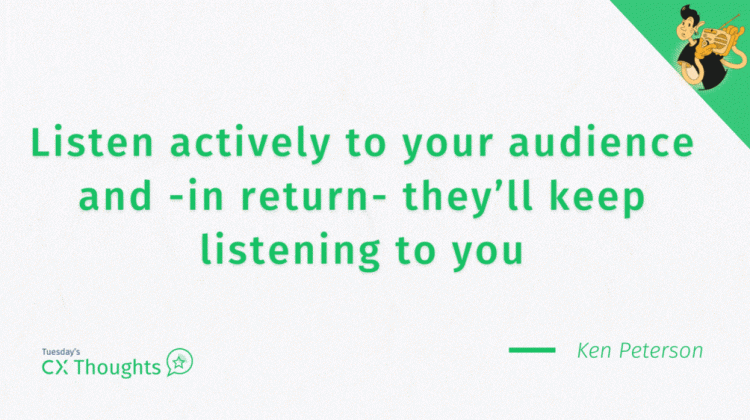 Reading Time: 4 minutes read
Reading Time: 4 minutes read
A couple of weeks ago I wrote about the changing landscape of the radio industry. Something that stood out amongst the varied audiences was the difference between larger broadcasters – which often covered multiple markets – and the smaller broadcasters which may focus on multiple stations, but usually within a smaller number of markets – if not just one market.
Some of the key differences would be obvious, whereas the larger broadcasters could talk about efficiencies in serving the audience and being able to put together more fan or listener experiences in total. The smaller broadcasters can claim that a greater percentage of their fans can participate in the same experiences. In listening to the arguments, it was like listening to politicians – they both had “facts” that worked in their favor, yet both had a position that they “were better because…”
Despite all the positioning and grandstanding (again, much like politicians), they both agreed upon one thing: they were struggling to retain listeners. As someone with an outside perspective on these discussions, it was interesting to hear the efforts put forth to gain ratings (and therefore advertiser credibility), but I noticed a small detail that spoke to a large factor that also often goes unnoticed in customer experience strategy, that is the user segments.
Much like any business, the “top segment” of customers (or in this case, listeners), get quite a bit of attention.
How can we retain more of them? How can we reward them? What else can we do to get them to listen more?
That is the reality across almost all customer experience touchpoints across the customer journey. The financial linkage analysis tells us that we need to expand our efforts on that top tier. When we measure the Voice of-the Customer as we work the customer feedback loop and even when we start the process with our customer journey map.
Even in a B2B focused environment, the efforts and attention are on those ‘ideal’ customers that pay the most.
All of this is done for a very good reason, but the reason I bring it back to the radio industry is simple: twenty years ago, the most ‘loyal’ listeners started to churn for other options. One could argue if they were better or worse, but they were options that – to the listener – were more appealing to them.
With compact discs, then with digital audio and streaming, one could customize their playlist with greater ease and have fewer commercials. The listening experience usually contained an entire music set that matched their preferences, even if they weren’t in the same musical genre.
Artificial Intelligence (or as I would call it, Algorithmically Informed) tools could generate suggestions from new music and allow the listener to decide if that music was the correct fit for them. In some ways, AI was even better than the localization.
In twenty years, the industry went from the “focal point” of driving attention to music, to an entertainment “side show”. Yet this entire time, they were focused on the customer experience of the top tier of listeners.
While there was disruption, one thing I noted is that this industry, like many industries, forgot that you have to GROW your loyal customers. It is not enough to only focus on one segment, but across the segments. It is even the reason we have looked at Passives and their Root Cause concerns in our QuestionPro exclusive NPS+ question type.
Certainly the needs across each customer segment is different, but it is also important to understand the “global” needs of each segment. This can come from root cause analysis, sentiment analysis or even social media analysis, and they will not be ranked the same (the highest concern for lower tier customers may only be the third most important for top tier customers), but strategies can be built in the Outer Loop tool to meet all the segment needs. When you are able to do this, you will slowly build more loyal customers.
These customers will eventually forgive you of small mistakes (like playing a ballad on a hard rock station) because you have brought them more joy than a letdown.
Most importantly, you should innovate so you can keep them for the long term – whether on a local level or in broader markets. As my final thought: listen to your audience and they’ll keep listening to you.
Would you like to check what the trends for this year are? Then come along and download our first-ever collaboration with CX and VoC industry specialists sharing their perspectives on the key trends for 2023.
What the guide includes:
- The top CX trends (Speed to market/response, doing more with what you have, Proving ROI, AI specialized services, automation)
- Bonus trends+
- The recession effect in CX
- Wrapping up with the key trend takeaways
- About the authors
Get the trend guide now and dive into the key CX trends delivered under the lens of six remarkable CX industry experts for this year.




















